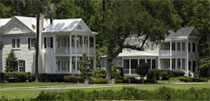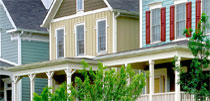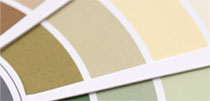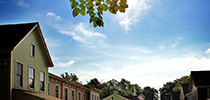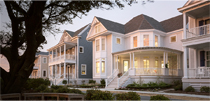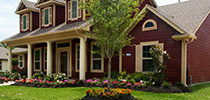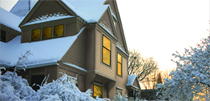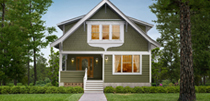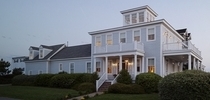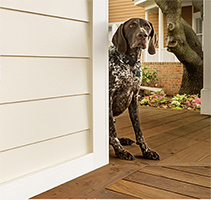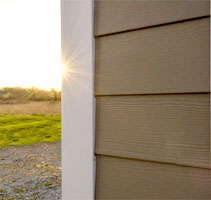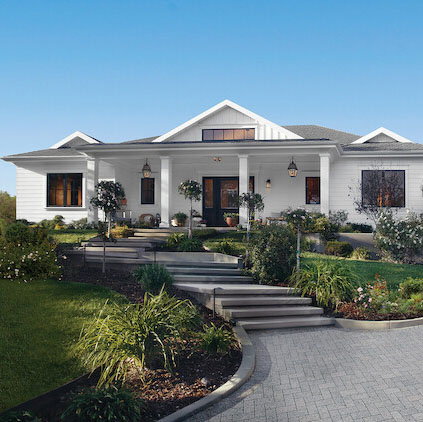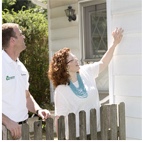by Bevin Theodore
1/6/2020
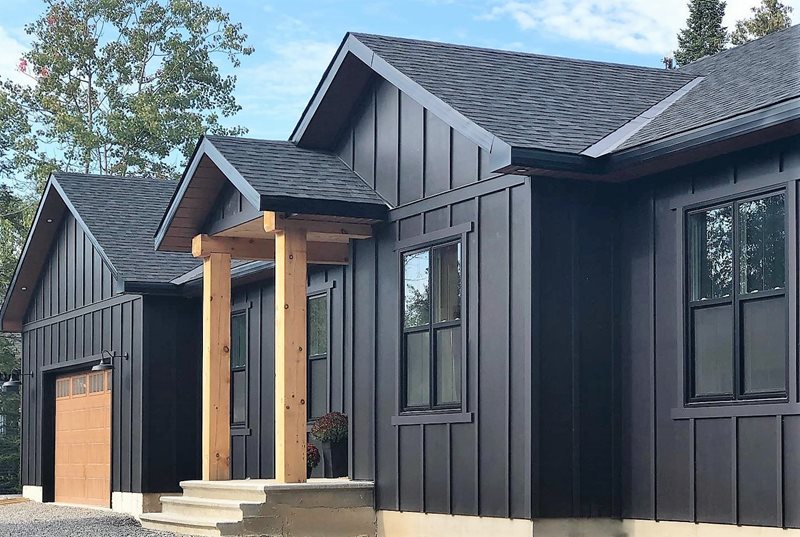
For decades, the Ranch style house was the most popular home design in North America.
This uncomplicated style has seen a resurgence in recent years, and its return is marked by interesting twists on a classic design.
The Ranch home we know today originated in California in the 1930s. Inspired by Spanish Colonial homes, which were designed with low rooflines, wide eaves and cross-ventilation to battle heat, the Ranch was a modern, informal house style. The name was a nod to cattle ranches because of its wide-open spaces and connection to the outdoors, achieved with large picture windows and sliding glass doors leading to patios or courtyards.
Ranch homes gained traction after World War II, when returning soldiers moved their young families to the suburbs, where the homes were built quickly and affordably. By 1950, nine out of 10 new homes were Ranches.
Ranch houses became less popular in the 1970s when rising land costs led to renewed interest in two-story houses. But nostalgia and an uptick in renovations has led many young families to Ranch style homes.
What is a Ranch Style House?
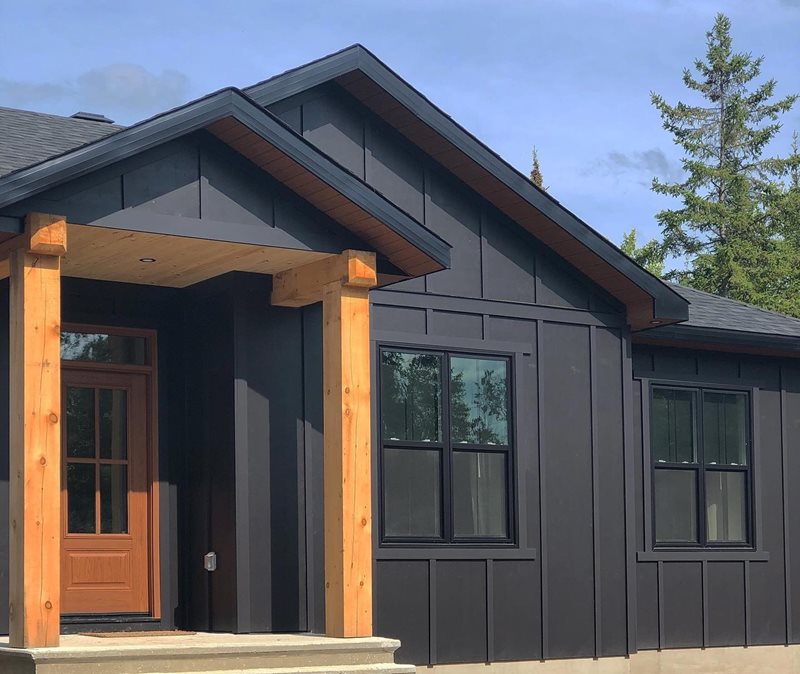
The modern Ranch home has evolved since its earliest iteration, but primary characteristics remain the same. A Ranch style home is typically a single-story design with a gabled or hip roof, open-concept floor plan, wide lot and attached garage.
Elyse McCurdy, an architectural designer from Ontario who created the home shown above, said the Ranch’s casual design offers many opportunities for personalization across a range of sub-genres.
California Ranch: These were the earliest Ranches, typically L- or U-shaped, with a courtyard in the middle. These Ranch style homes incorporate elements of Spanish Colonial architecture as well as the Arts and Crafts movement, the precursor to the popular Craftsman style. They often have exposed beams and vaulted ceilings for air circulation.
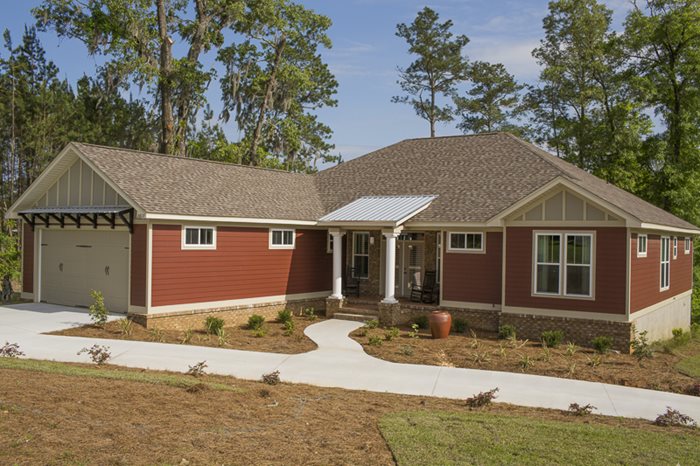
Rambler: As the name suggests, Rambler houses are sprawling designs that take up a lot of space. They are most popular in areas where land is abundant and inexpensive.
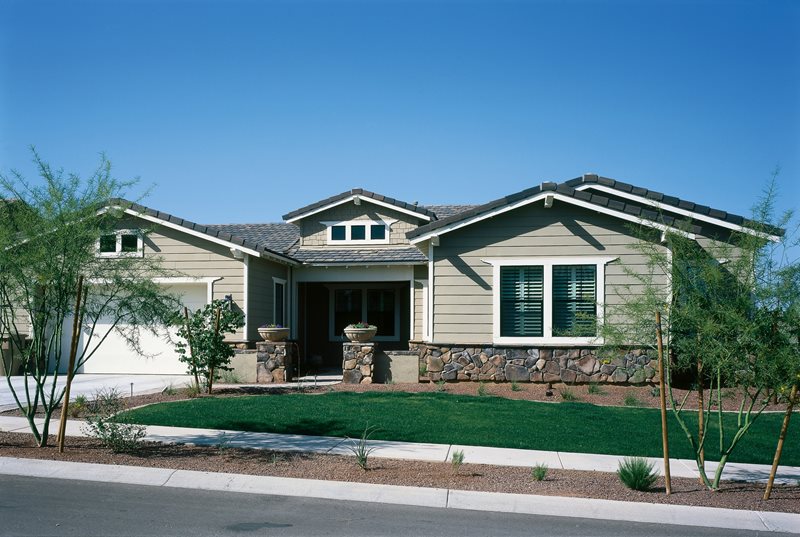
Raised Ranch: Also referred to as High Ranch, this style is characterized by a short staircase leading up to the main living and sleeping areas and another leading down to a finished ground floor and garage.
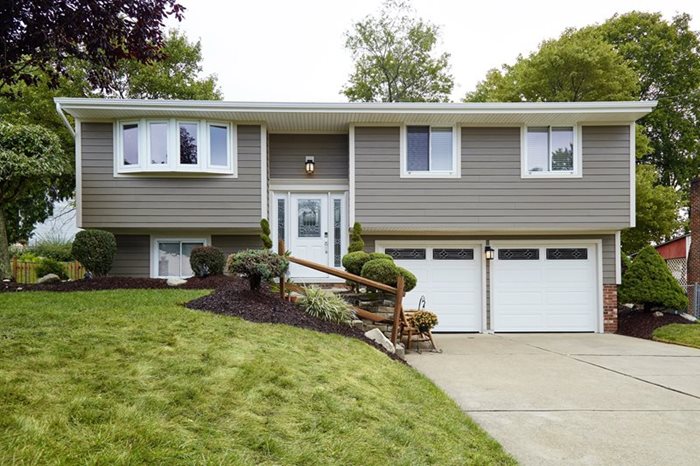
Storybook Ranch: Also referred to as Cinderella Ranch, this style has more ornate exterior elements. While most Ranch homes have simple designs, the Storybook Ranch adds extra charm with details such as ornamental trim and diamond-shaped window panes.
Ranch Style Homes are Versatile, Universally Appealing
Ranch style homes appeal to a variety of homeowners. McCurdy works with older clients who are downsizing and want the ease of one floor to age in place, and with younger families who view Ranch homes as affordable and relaxed. A Ranch home’s versatility is part of what makes it so universally appealing.
“It really is a blank slate,” McCurdy said, adding that a Ranch home can take on various looks, all of these looks can be achieved with James Hardie® siding.
- A Craftsman-style Ranch house is achieved with lap siding, wood elements, and gables with shingle siding accents.
- Board and batten siding provides modern farmhouse flair to the Ranch style.
- Panel siding, paired with the low-pitched roof, give the Ranch style a contemporary vibe.
“My go-to product is actually James Hardie,” McCurdy said. “I love it because of the versatility.”
Color and Texture for Ranch Home Exteriors
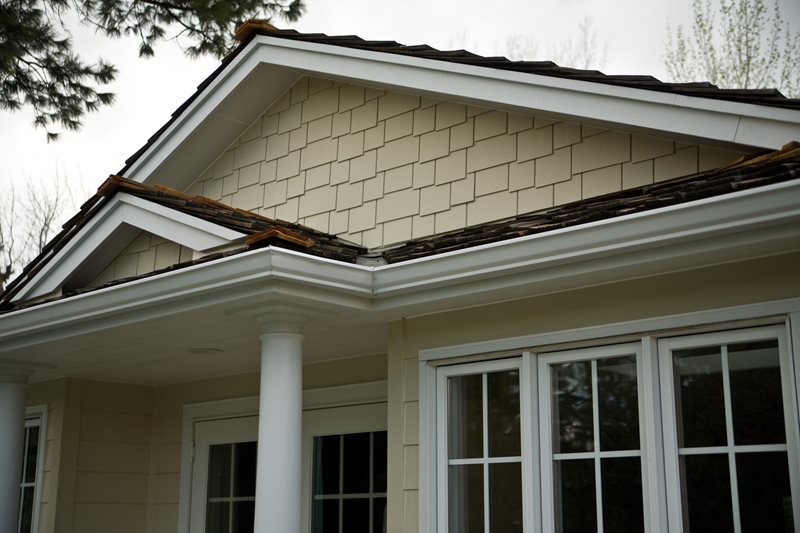
Color and texture are important when designing the exterior of your Ranch home. McCurdy says designing in layers can help guide your eye around the entirety of your home’s exterior as opposed to focusing on one central element.
“Don’t shy away from using a mix of materials because it’s a single story,” McCurdy said. “Don’t worry about it looking small or stout. It can still be beautiful and powerful.”
For example, Ranch style homes can benefit from board and batten siding, which has vertical lines that can draw the eye upward and create the illusion of height. Pair the look with a darker color, such as an off-black or dark gray (like Iron Gray), to create moody twist on modern farmhouse. For a more traditional feel, try using shingle siding in the gables of your home, which works well in both an accent shade or in the same color as the body of your home for a more monochromatic look.
Just as important as the colors on your home, McCurdy says, are the colors around it, such as the color of neighboring homes or the surrounding landscape.
“Make a choice,” McCurdy said. “Do you want to blend in? Do you want to stand out? Do you want to be a contrast against the natural landscape? This is an opportunity to be creative with your house.”

